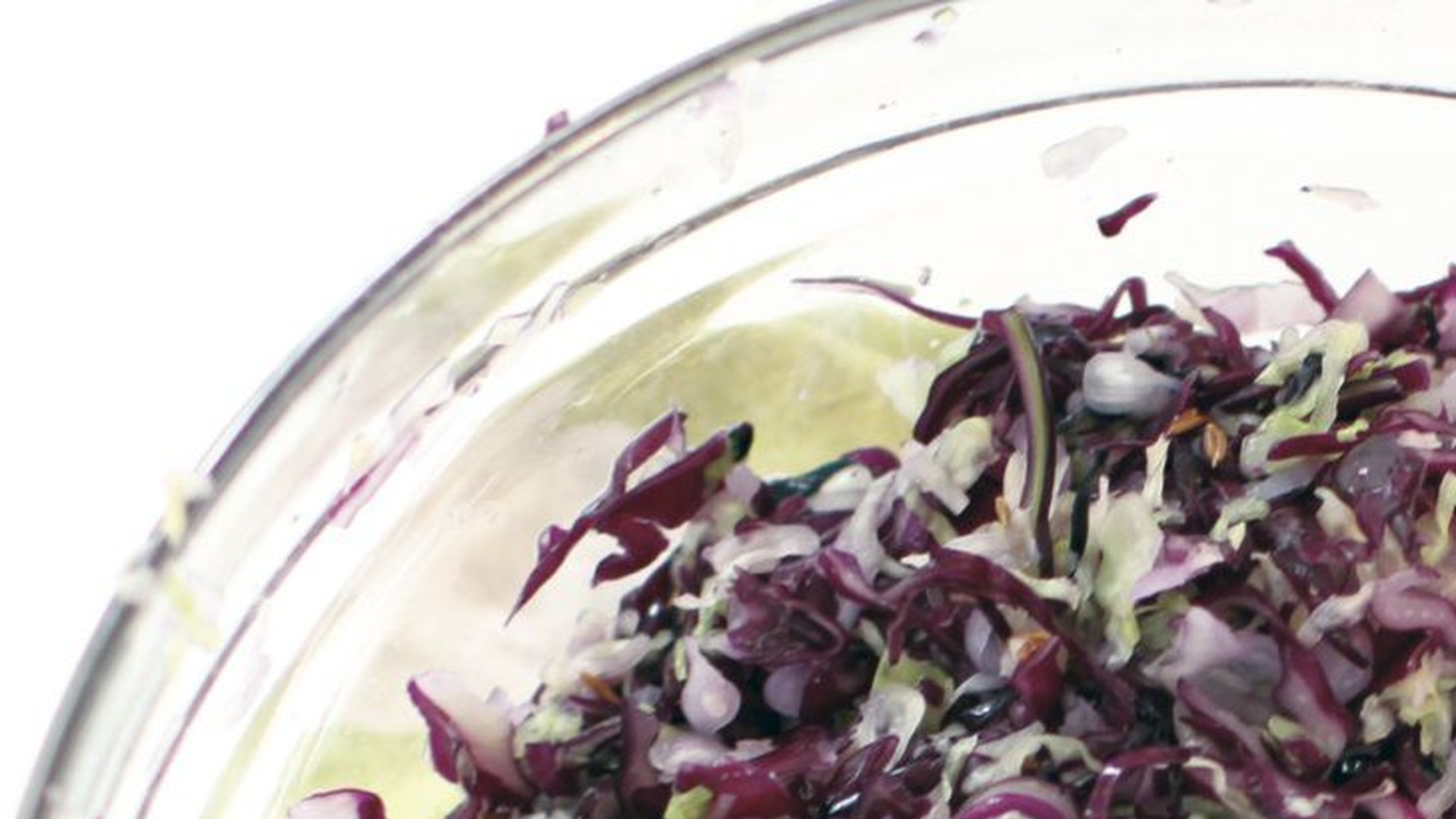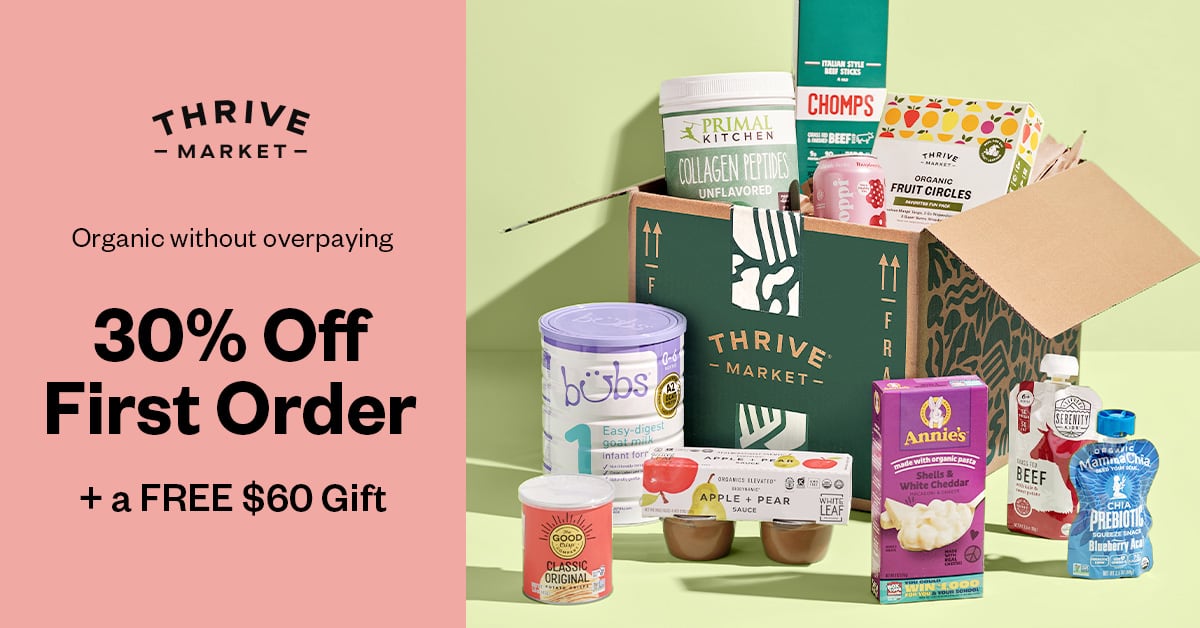Turn Ordinary Vegetables Into Immunity Boosters With This Simple Trick!
Your digestive tract is probably the most underappreciated system of your body, often ignored until its screams of discontent become loud enough to grab your attention.
By the time your gut reaches this degree of disgruntlement, the problems have usually been developing for months — or years — and are challenging to resolve.
Instead of waiting for obvious signs of a problem, why not perform some regular “gut maintenance” that will lessen your chances of developing a problem in the first place?
Your gut is much more than a food processing tube — it houses about 85 percent of your immune system. This is in large part due to the 100 trillion bacteria that live there, both good and bad that can stimulate secretory IgA to nourish your immune response.
When your GI tract is not working well, a wide range of health problems can appear, including allergies and autoimmune diseases. If you suffer from any major illness, you simply will NOT be able to fully recuperate without healing and sealing your gut. Balancing the menagerie of microorganisms that occupy your GI tract is a key part of maintaining your immune health, which will be the focus of this article.
Your Stomach Protects You from Infections
A recent article in Scientific American explores an alternate explanation about how your stomach works. The “sieve hypothesis” suggests your stomach may operate as a sieve or filter, preventing some of the more harmful microbes from passing through to your small intestine. Evidence for this is not new. It comes from a 1948 study by Dr. Orla-Jensen, a retired professor from the Royal Danish Technical College — a study that has essentially been “lost” in the literature for more than 60 years.
The professor argued that your stomach uses acid to kill pathogenic disease-causing bacteria, fungi, viruses, worms and protozoa, while allowing the more beneficial microbes (which are acid-tolerant) to pass through. If your stomach is unsuccessful at killing these pathogens, then they can dominate your intestines, damaging and eroding your intestinal walls and causing illness.
Unhappy Gut Bacteria May Promote Obesity
 Inflammation from bacterial endotoxins may be a factor helping to drive the obesity epidemic. Junk food causes nasty microbes to bloom and friendly bugs to decline, just as sugar and refined carbohydrates feed the bacteria in your mouth that are responsible for tooth decay. Sugar and processed foods make your “friendly” microbe community unfriendly — even downright hostile. Humans today have lost the microbial diversity that once kept us healthy.
Inflammation from bacterial endotoxins may be a factor helping to drive the obesity epidemic. Junk food causes nasty microbes to bloom and friendly bugs to decline, just as sugar and refined carbohydrates feed the bacteria in your mouth that are responsible for tooth decay. Sugar and processed foods make your “friendly” microbe community unfriendly — even downright hostile. Humans today have lost the microbial diversity that once kept us healthy.
When dysbiosis occurs, bacteria release noxious byproducts called endotoxins. Endotoxins increase the permeability of your gut wall (“leaky gut syndrome”) and make their way into your bloodstream, triggering system wide inflammation. It’s been shown that the hypothalamus, which houses the appetite control center of your brain, is often inflamed and damaged in obese individuals. When inflammation affects your brain, and especially your hypothalamus, your entire metabolism changes.
The best way to reverse this inflammation and restore a healthy metabolism is by eliminating excess sugar and processed food, and adding more friendly, beneficial bacteria from naturally fermented foods.
Cultured Vegetables Are the Ultimate Superfood
One of the leading experts in the optimization of intestinal flora is Dr. Natasha Campbell-McBride, who developed the GAPS nutritional protocol (Gut and Psychology Syndrome/Gut and Physiology Syndrome). For decades, Dr. McBride has successfully treated adults and children with severe illnesses, including autism, epilepsy, mood disorders, arthritis, multiple sclerosis, celiac disease and many more, with her GAPS protocol.
A key component of the GAPS program is the daily consumption of fermented foods. Fermented foods are potent chelators (detoxifiers) and contain much higher levels of probiotics than probiotic supplements, making them ideal for optimizing your gut flora. In addition to helping break down and eliminate heavy metals and other toxins from your body, beneficial gut bacteria perform a number of surprising functions, including:
- Mineral absorption, and producing nutrients such as B vitamins and vitamin K2 (vitamin K2 and vitamin D are necessary for integrating calcium into your bones and keeping it out of your arteries, thereby reducing your risk for coronary artery disease and stroke)
- Preventing obesity and diabetes, and regulating dietary fat absorption
- Lowering your risk for cancer
- Improving your mood and mental health
- Preventing acne
Introducing Cultured Vegetables into Your Diet — The Right Way
 According to nutritional consultant Caroline Barringer, just one quarter to one half cup of fermented veggies, eaten with one to three meals per day, can have a dramatically beneficial impact on your health.
According to nutritional consultant Caroline Barringer, just one quarter to one half cup of fermented veggies, eaten with one to three meals per day, can have a dramatically beneficial impact on your health.
If you’ve never eaten fermented foods, too large a portion may provoke a healing crisis, which occurs when the probiotics kill off pathogens in your gut. When these pathogens die, they release potent toxins. If you are new to fermented foods, you should introduce them gradually, beginning with as little as one teaspoon of sauerkraut with a meal. Observe your reactions for a couple of days before proceeding with another small portion, and increase your dose gradually, as tolerated.
Realize that many food preferences develop very early in life, so the sooner you can introduce fermented vegetables to your child, the better. Traces of the flavors of the foods mothers eat are perceptible in their breast milk and amniotic fluid. Babies whose mothers eat things like garlic or broccoli while pregnant tend to be more likely to enjoy these foods later in life.
Equipment Checklist: Making Cultured Veggies at Home
Culturing your own vegetables is not difficult, but as with anything, having the right tools makes the job much easier and more fun.
Food Processor: You’ll be cutting up large quantities of raw vegetables, which is very labor intensive without a food processor. Make sure yours has a shredding disc, as a typical S-blade will result in too fine a chop, which makes for a pulpier, mushier end product.
Juicer: My own experimentation has resulted in selecting celery juice as the basic brine for my cultured veggies, making a juicer necessary.
Good Knives: Make sure you have a set of good quality, sharp knives for prepping your vegetables.
Cutting Board: A large, sturdy cutting board is a must.
Very Large Bowl: This bowl should be large enough to hold the entire batch of shredded veggies, so a large capacity stainless bowl is a necessity.
Canning Jars: Basic wide-mouthed 32-ounce Mason jars are all that is necessary for both fermenting and storing the vegetables. These are inexpensive and easy to find at your local hardware store, grocery, or online. Make sure they are wide-mouthed, as you’ll need to get your hand or a tool down into the jar for tightly packing the veggies.
Krautpounder: This solid wood tool that looks like a small baseball bat is very handy for tightly packing the shredded veggies into your jars and eliminating air pockets.
Making Cultured Veggies at Home in Six Easy Steps
The following are the basic steps to making wonderful cultured vegetables at home.
Vegetable and Herb Selection: The first step is gathering up your veggies. Make sure they are all organic. Cabbage (red or green) should be the “backbone” of your blend, comprising about 80 percent (I use green). Choose dense, tightly packed heads. Five or six medium-sized cabbages will yield 10 to 14 quart jars of fermented vegetables. Remember to reserve some cabbage leaves for the jar tops (see Step 3).
Add in hard root vegetables of your liking, such as carrots, golden beets, radishes and turnips. Peel your veggies as the skins can impart a bitter flavor. I also enjoy adding red bell pepper, Granny Smith apples, and even a hot pepper, like a habanero (make sure you wear gloves!). One pepper for the entire batch is plenty.
Aromatics can be added in small quantities — a little goes a long way, as fermenting concentrates the pungent flavors. Tasty additions include peeled garlic, peeled ginger, and herbs such as basil, sage, rosemary, thyme, or oregano. Onions tend to overpower the mix, no matter how little are used, so I avoid them.
Finally, you can add sea vegetables or seaweed to increase the mineral, vitamin, and fiber content. You can add pieces of whole dulse, or use flakes. Wakame and sea palm do not have any kind of fishy flavor but need to be presoaked and diced into the desired size. Arame and hijaki DO have a fishy flavor.
Culture and Brine: For your brine, I recommend using a starter culture dissolved in celery juice. One quart of celery juice is adequate for 10 to 14 quarts of fermented veggies. While you can do wild fermentation (allowing whatever is naturally on the vegetable to take hold), this method is more time consuming, and the end product is less certain. Inoculating the food with a starter culture speeds up the fermentation process. Make sure you choose a high quality brand which you should easily find at a reputable health food store.
Packing the Jars: Once you have your shredded veggies and brine mixture combined in your large bowl, tightly pack the mixture into each Mason jar, and compress using a masher to remove any air pockets. Top with a cabbage leaf, tucking it down the sides. Make sure the veggies are completely covered with brine and that the brine is all the way to the top of the jar, to eliminate trapped air. Put the lids on the jars loosely, as they will expand due to the gases produced in fermentation.
Fermentation: Allow the jars to sit in a relatively warm place for several days, ideally around 72 degrees Fahrenheit. During the summer, veggies are typically done in three or four days. In the winter, they may need seven days. The only way to tell when they’re done is to open up a jar and have a taste. Once you're happy with the flavor and consistency, move the jars into your refrigerator.
Storage: Refrigerating your vegetables drastically slows down the fermentation. They will keep for many months this way, continuing to mature very slowly over time.
Enjoy! Always use a clean spoon to take out what you’re eating. Never eat out of the jar, as you will contaminate the entire batch with bacteria from your mouth. Make sure the remaining veggies are covered with the brine solution before replacing the lid.










